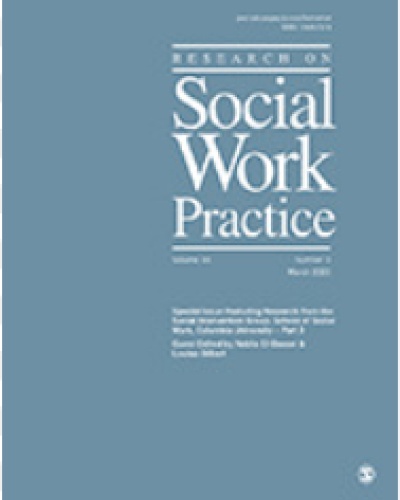
Behavioral Health Interventions for Incarcerated Adults With Histories of Trauma: A Scoping Review
Published:
| Author: Melissa D. Grady, Stephen Tripodi, Lauren Herod, Michael Rudzinski
The majority of incarcerated individuals have experienced traumatic events in their lifetime, contributing to related behavioral health issues, including post-traumatic stress, mood, anxiety, and substance use disorders. The purpose of this article is to understand the existing state of the literature through a scoping review on correctional-based programs that address both trauma and behavioral health.
Category: Trauma, Mental Health, Substance Use

Study protocol paper for the multisite randomized controlled trial of comprehensive trauma informed reentry services for moderate to high-risk young males releasing from state prisons
Published:
| Author: Carrie Pettus, Tanya Renn, Stephen Tripodi, Sarah Tamburri
This study will provide critical information about how trauma-informed reentry programming impacts traditional reentry outcomes (e.g., recidivism, housing, employment) and identify key mechanisms of action (e.g., reduced impulsivity and aggression). Coping with trauma symptomatology is a largely untapped area of scientific inquiry for criminal justice-involved populations, despite the significant role trauma plays in individuals’ lives. Results advance identification of critical components of trauma-informed reentry interventions for moderate- to high-risk young men.
Category: Trauma, Reentry, Well-Being, Community
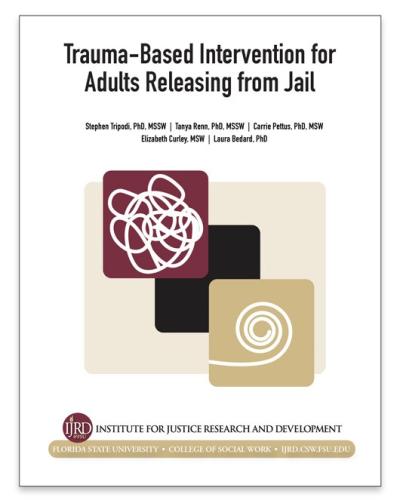
Trauma-Based Intervention for Adults Releasing from Jail
Published:
| Author: Stephen Tripodi, Tanya Renn, Carrie Pettus, Elizabeth Curley, Laura Bedard
Learn more about an innovative trauma-based intervention delivered to individuals releasing from a local jail in Florida. This report highlights all aspects of the study, showcases participants' perceptions of participation in trauma-based programming, and presents data on how the intervention affected participants' well-being and behavioral health after completion.
Category: Trauma
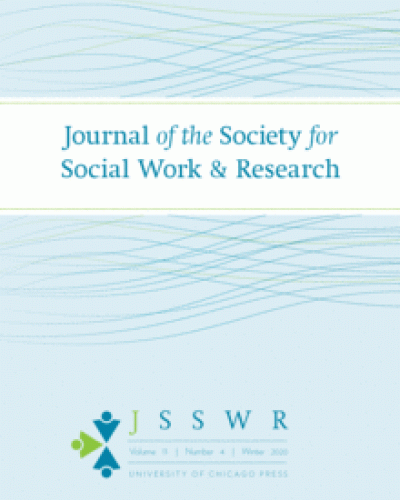
Trauma Informed Care Groups with Incarcerated Women: Comparing Seeking Safety and STAIR
Published:
| Author: Stephen Tripodi, Michael Killian, Matt Gilmore, Elizabeth Curley, Lauren Herod
Almost all incarcerated women have experienced at least one lifetime traumatic event that often leads to limited coping skills and mental health problems. This study evaluated two different trauma-informed care groups for incarcerated women – Seeking Safety and STAIR – and found that participants who participated in either program had significant improvements in anxiety, depression, and coping self-efficacy. Results indicate the importance of screening for trauma and offering correctional-based programming to address trauma before release
Category: Trauma, Incarcerated Women
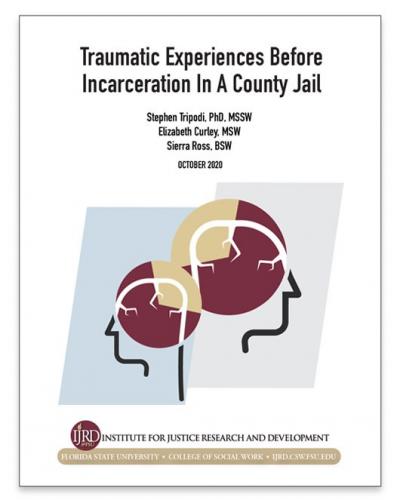
Traumatic experiences before incarceration in a county jail
Published:
| Author: Stephen Tripodi, Elizabeth Curley, Sierra Ross
This report describes the traumatic experiences of individuals prior to their incarceration in a county jail. Nearly 70% of study participants experienced a traumatic event in the year prior to their incarceration, with the majority of those affected reporting more than one traumatic event. Among study participants, 24% were violently assaulted, 15% lost a loved one to homicide, 18% witnessed a serious injury or death, 26% experienced a serious health incident, and 35% received news of the death or injury of a loved one.
Category: Trauma
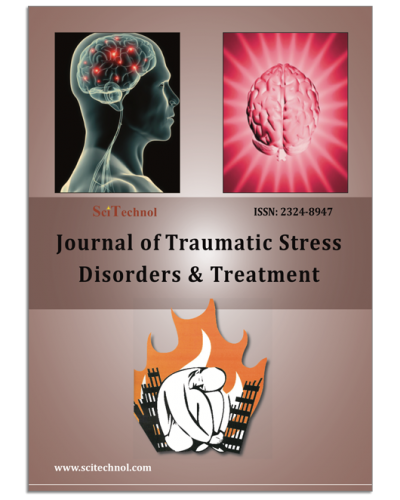
What Trauma Looks Like for Incarcerated Men: A Study of Men’s Lifetime Trauma Exposure in Two State Prisons
Published:
| Author: Maria Morrison, Carrie Pettus-Davis, Tanya Renn, Christopher Veeh, Christopher Weatherly
While it is understood that high rates of trauma exposure are common among incarcerated male populations, there is limited data on the nature of the trauma exposure. This study examined the trauma histories of a randomly selected sample of 67 men incarcerated in the Missouri Department of Corrections. The analyses revealed several patterns among study participants, including near universal trauma exposure in adolescence with the most frequent exposures involving witnessing or being proximate to violent deaths of family and friends.
Category: Trauma

Proposing a population-specific intervention approach to treat trauma among men during and after incarceration.
Published:
| Author: Carrie Pettus-Davis, Tanya Renn, Jeffrey Lacasse, Robert Motley
A significant treatment gap exists for incarcerated men with lifetime traumatic experiences. A small research base for trauma interventions for incarcerated women is emerging, but incarcerated men have largely been ignored. Men comprise 90% of the incarcerated population and are at the greatest risk to be rearrested for a new crime after release.
Category: Trauma, In-Prison Intervention, Reentry

The Relationship Between Interpersonal Victimization and Women’s Criminal Sentencing: A Latent Class Analysis
Published:
| Author: Stephanie Kennedy, Annelise M. Mennicke, Megan Feely, Stephen Tripodi
Latent class analysis was used to identify subgroups of incarcerated women differentiated by experiences of child abuse and intimate partner violence victimization. Four classes were extracted—Low Victimization, Child Abuse, Lifetime Physical and Psychological Abuse, and Lifetime Sexual Abuse; classes were then related to current sentence length, holding criminological predictors constant. Women in the Child Abuse and Lifetime Sexual Abuse classes had significantly longer sentences, despite the lack of significant between-class differences on criminological predictors.
Category: Incarcerated Women, Trauma, Sentencing

Incarcerated Women’s Experiences and Perceptions of Participating in Research
Published:
| Author: Lisa Schelbe, Amanda Hardwick, Ashley N. Wilfong, Cynthia E. Hanifin, Stephen Tripodi, Carrie Pettus-Davis
The research process within prisons has largely considered researchers’ perspectives. Only one known study explicitly examined incarcerated persons’ perceptions and no known studies have explored incarcerated persons’ experiences with research on sensitive topics. This study examines incarcerated women’s experiences with participating in research on victimization. A thematic analysis was conducted on responses to open-ended questions about participating in a research study from 227 women in two prisons who participated in a study about victimization.
Category: Incarcerated Women, Trauma
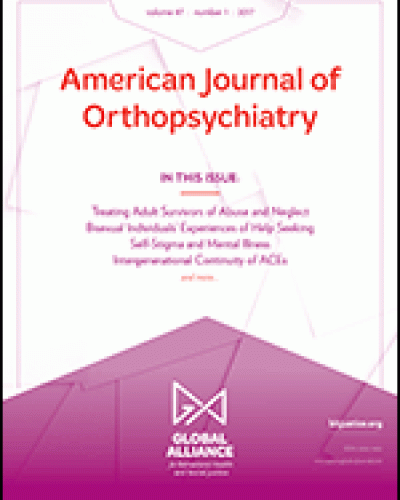
Childhood Victimization, Attachment, Psychological Distress, and Substance Use Among Women on Probation and Parole
Published:
| Author: Katherine M. Winham, Malitta Engstrom, Seana Golder, Tanya Renn, George E. Higgins, and TK Logan
The present analysis was guided by a gendered pathways-based theoretical model and examined relationships between childhood victimization and current attachment, psychological distress and substance use among 406 women with histories of victimization who were on probation and parole in an urban Kentucky county. Structural equation modeling examined relationships among childhood victimization, attachment, psychological distress, and substance use.
Category: Incarcerated Women, Reentry, Trauma, Probation and Parole
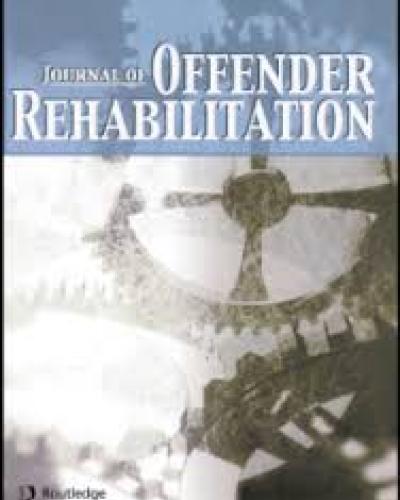
Assessing Attitude and Reincarceration Outcomes Associated With In-Prison Domestic Violence Treatment Program Completion
Published:
| Author: Annelise M. Mennicke, Stephen Tripodi, Christopher Veeh, Dina Wilke, Stephanie Kennedy
Studies indicate that as many as 30%–56% of incarcerated men have perpetrated domestic violence, and that factors related to domestic violence perpetration are associated with long-term recidivism after release. The current study evaluates the effectiveness of an in-prison domestic violence treatment program called STOP and Change Direction to increase positive attitudes toward women, decrease levels of criminal thinking, and reduce general recidivism rates for program completers.
Category: Trauma, In-Prison Intervention
Examining Dose–Response Relationships Between Childhood Victimization, Depression, Symptoms of Psychosis, and Substance Misuse for Incarcerated Women
Published:
| Author: Stephanie Kennedy, Stephen Tripodi, Carrie Pettus-Davis, Jaime Ayers
The current study uses the dose–response model to examine the relationships between childhood victimization events and subsequent depression, symptoms of psychosis, and substance misuse in a sample of 230 randomly selected incarcerated women in the United States. Results on the frequency of victimization were mixed. In this sample, both frequency of physical abuse and frequency of sexual abuse significantly predicted current symptoms of psychosis, but only frequency of physical abuse significantly predicted substance misuse.
Category: Trauma, Mental Health, Substance Use

The relationship between childhood abuse and psychosis for women prisoners: Assessing the importance of frequency and type of victimization.
Published:
| Author: Stephanie Kennedy, Stephen Tripodi, Carrie Pettus-Davis
This study examines the relationship between childhood victimization and self-reported current symptoms of psychosis in an incarcerated female population in the United States. Participants are 159 randomly selected women incarcerated in two North Carolina state prisons. Participants completed a battery of self-report measures to assess childhood victimization and current and lifetime experience of audio/visual hallucinations and delusions.
Category: Trauma, Mental Health, Incarcerated Women

Nonfatal Suicidal Behavior Among Women Prisoners: The Predictive Roles of Childhood Victimization, Childhood Neglect, and Childhood Positive Support
Published:
| Author: Stephen Tripodi, Eyitayo Onifade, Carrie Pettus-Davis
Women entering prison report high rates of childhood victimization. Women in prison also report higher rates of nonfatal suicidal behavior (self-reported suicide attempts) than women in the general population and similar rates to their male counterparts despite having significantly lower suicide rates than males in the general population. Yet, there is a dearth of research that addresses the relationship between childhood victimization and suicidality for women prisoners in the United States.
Category: Trauma, Social Support, Mental Health, Incarcerated Women

Histories of childhood victimization and subsequent mental health problems, substance use, and sexual victimization for a sample of incarcerated women in the US.
Published:
| Author: Stephen Tripodi, Carrie Pettus-Davis
Women are entering US prisons at nearly double the rate of men and are the fastest growing prison population. Current extant literature focuses on the prevalence of the incarceration of women, but few studies exist that emphasize the different trajectories to prison. For example, women prisoners have greater experiences of prior victimization, more reports of mental illness, and higher rates of illicit substance use.

